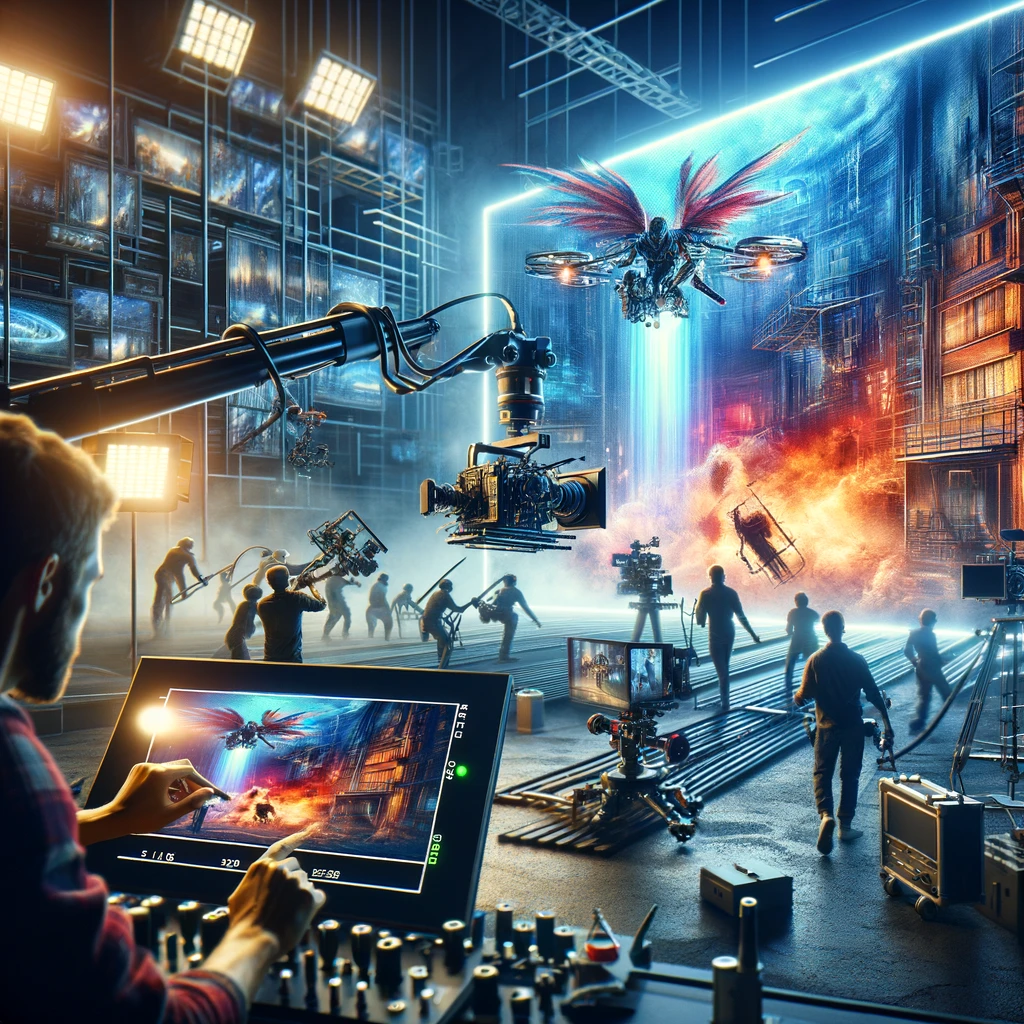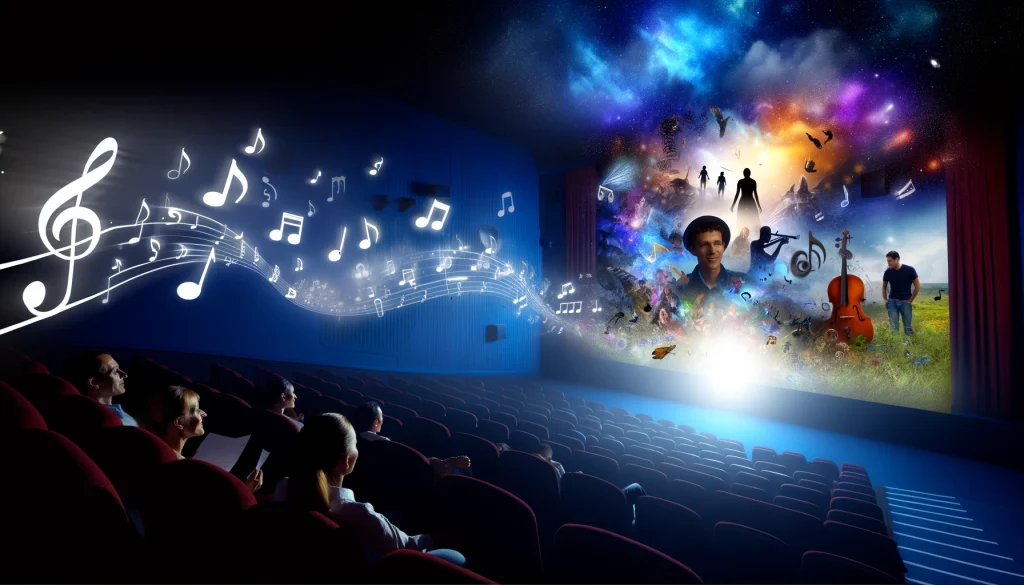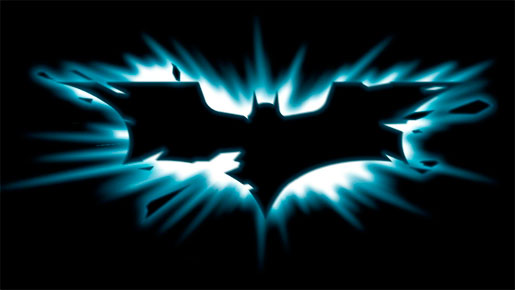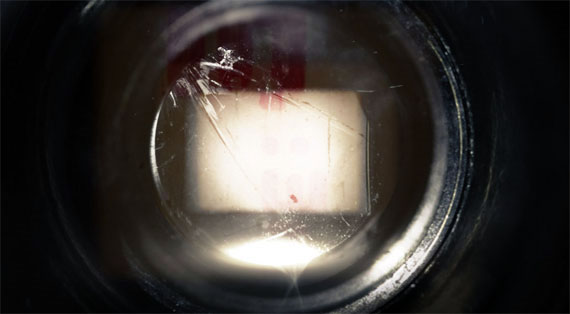In the continuously evolving sphere of film making, the art of cinematography holds a vital role in creating the visual roadmap of a motion picture. Cinematography is the magic of turning written scripts into a visual spectacle that the audience can connect with emotionally and intellectually. With the advent of new technologies and creative methodologies, modern cinematography techniques have witnessed significant changes and enhancements. This write-up will provide an overview of some of the modern cinematography techniques shaping today’s filmscape.
The dynamic world of modern cinematography is ruled by a combination of traditional principles and innovative practices. The concept of ‘digital cinematography’ has been a revolutionary development in this regard. The shift from film to digital has made a massive impact in the film industry, bringing down production costs, and allowing cinematographers more flexibility in experimentation and manipulation of the image. Novelties such as digital colour correction, visual effects, and Picture Grading have enabled filmmakers to tweak images per desired aesthetics in post-production stages.
Another significant modern technique is the use of Drone cinematography. The introduction of drones has revolutionized the way filmmakers can capture a location or an event. High and wide angle shots which were earlier challenging, time-consuming and costly, are now easily achievable. The awe-inspiring aerial shots we see in modern cinema, was made possible by this state-of-the-art technique.
Steadicam Operation is another innovative cinematography technique that has changed the visual narrative of films. Whereas traditional cameras were large and cumbersome to move, Steadicam allows for smooth and stable movements while filming. It can meander through a crowd, climb stairs, or walk over uneven terrain, rendering all the more intimacy and immediacy to the shots.
3D and IMAX technologies are more developments that have transformed the cinematic experience. 3D movies, using detailed animation and special effects, create an illusion of depth and make viewers feel as if they are part of the movie, instead of being mere spectators. IMAX, on the other hand, offers an ultra-high-resolution imagery for a truly immersive experience. The aspect ratios are also larger, which allows the image to fill your peripheral vision entirely.
One cannot overlook the importance of CGI (Computer Generated Imagery) when discussing modern cinematography techniques. This technological marvel has empowered filmmakers to bring their most intricate and fantastical narratives to life on screen. CGI can represent a character, create grand spectacles, and fabricate environments beyond the constraints of ordinary filmmaking.
Lighting, though not a new technique, is a critical part of cinematography that has also reaped the benefits of advancements in technology. Modern lighting equipment and strategies can create specific moods, draw attention to the required elements, and help tell the story more effectively. Techniques like High-key and Low-key lighting, three-point lighting, practical lighting, etc., have evolved to suit the demands of the ever-changing cinematic landscape.
Lastly, the technique of colour grading has become an integral part of post-production in modern cinematography. It involves altering and enhancing the colour of a motion picture, video image, or still image. With the help of this technique, cinematographers can guide the audience’s emotional response and further the plot to significant effects.
An understanding of these modern cinematography techniques not only provides an insight into the filmmaking process but also enhances the appreciation of the final cinematic product. The modern era of cinematography is marked by the convergence of artistic vision and technological innovation to create a compelling visual story. As technology continues to evolve, so will the techniques, crafting an ever dynamic and riveting cinema, capturing the hearts and minds of the audiences worldwide.




